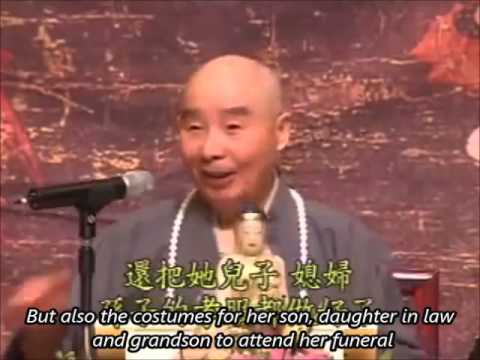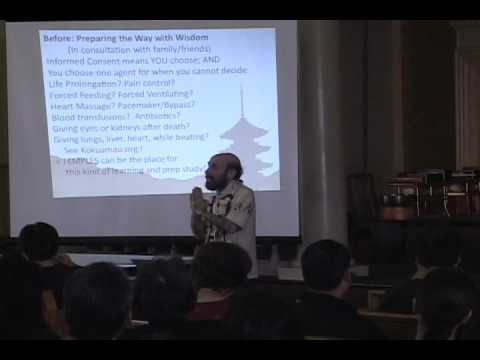Dr. Carl Becker, a researcher of near-death experiences, documented at least a hundred cases in China and Japan of people who claimed to see visions of Amida or the Pure Land on their deathbed:
The Pure Land tradition is renowned for recording the miraculous experiences of Amida Buddha and his attendants coming to guide the dying to the Pure Land. Some people say that these experiences are just hagiography, but the specificity of detail in such accounts gives prima facie reason for distinguishing them from adjacent fairy tales. Prof. Becker himself has identified some 100 such accounts from China and Japan.
In the 1970s, Prof. Becker found other people studying near-death experiences in the United States. With hints from the renowned death specialist Dr. Elizabath Kubler-Ross, he helped to found the International Association of Near Death Studies. In the process of this study, researchers found the need to coin the new term “figure of light” which they found common across various cultures. Hospital research around the world has shown that this “figure of light” is experienced by many dying people. This is not just a belief, but has been well documented over the past 30 years worldwide and the last 15 years in Japan. This is hardly surprising, since Japan has a long tradition of this belief in Pure Land practice, but such studies have been slow to permeate modern Japanese medicine…
Prof. Becker then showed a video on Near Death Experience (NDE) from Japanese television for which he acted as a consultant. In many NDEs, people speak of being (re)born through a tunnel of light, which image matches the Pure Land account of being (re)born through the calyx of the lotus into the Pure Land. There are many accounts of natural and flowery images as in the Pure Land. These are difficult to attribute solely to anaesthesic drugs, since such drugs tend to create architectural and geometrical images, and most experiencers had not received medication in the first place. Many NDEs in hospitals cannot be explained as delusions or dreams; there are many documented incidents of soldiers who were seen by their wives in their homes at the moment that they were mortally wounded on distant battlefields. We know that such phenomena can occur, but we don’t know how.
http://www.jsri.jp/English/ojo/round1/day2morn.html
In this video, Master Chin Kung describes contemporary stories of Pure Land devotees who predicted their time of death in advance, and who passed away in a sitting or standing position while reciting Amitabha’s name:
Buddhists can have different criteria in evaluating what to believe. Some prefer to dig through the early Buddhist texts, to find the earliest layers of the Buddha’s instruction. Others might find contemporary accounts of deathbed experiences compelling.
We’re only in this lifetime for a short time, which makes many of us wonder what there might be on the other side. According to Shinran Shonin, the Pure Land is the realm of Nirvana, which is why he referred to rebirth into the Pure Land as “the birth that is non-birth,” just as the Buddha referred to Nirvana as “the unborn.”
We’re sort of like the Buddha’s parable of the blind men and the elephant, doing our best to grasp at a reality beyond any of our understandings. We’re therefore bound to seek truth in different ways and come to different conclusions, while still all remaining under the umbrella of Buddhism, and there’s nothing wrong with that.
Buddhism has never been just one homogeneous entity:
https://www.spiritrock.org/document.doc?id=5336
For someone like myself, who probably wouldn’t even have hope of attaining stream entry in this lifetime, seeking rebirth into the Pure Land is an attractive option.


